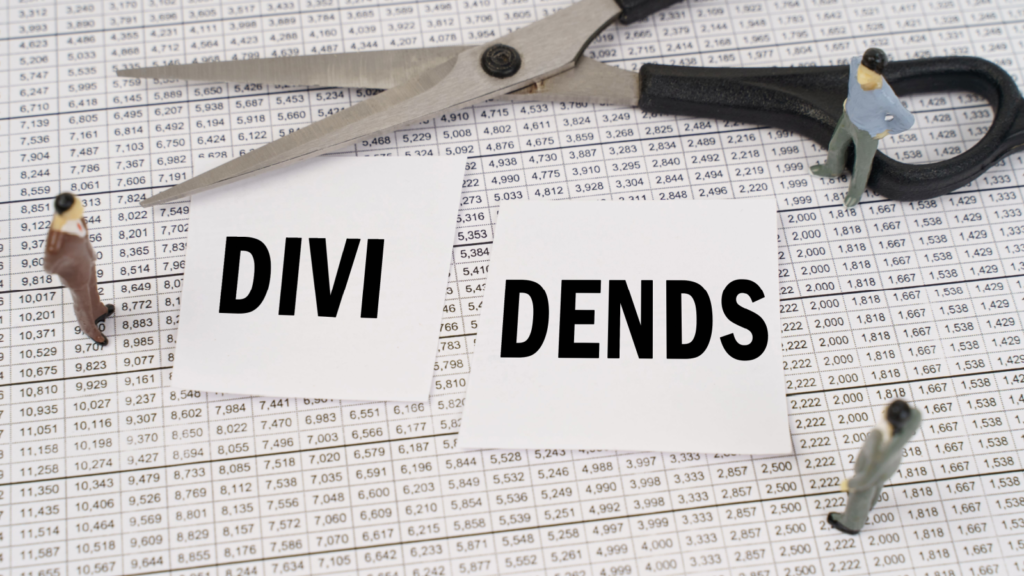Dividend investing has proved to be among the most successful ways to accumulate wealth on Wall Street. Buying dividend stocks that grow their payout produces returns far above what non-dividend-paying stocks generate. Yet you should only buy those companies that can support their dividends.
Southern Copper (NYSE:SCCO) just announced it was slashing its payout 20%. The dividend is going from $1.00 per share to 80 cents per share. Although it had been rising over the past few years, the dividend could fluctuate from quarter to quarter. Because commodity stocks can be volatile, the payout was not sustainable in this case.
The miner produced earnings of $3.32 per share last year but paid out $4.00 per share in dividends. A more meaningful comparison shows SCCO stock generated only $3.32 per share in free cash flow (FCF). Thus, paying out more than you earn is a prescription for problems.
But the copper miner’s investors are not alone in facing dividend cuts. Let’s examine three more companies that could slash their payout.
Hasbro (HAS)

The dividend at Hasbro (NASDAQ:HAS) survived another quarter.
The toymaker announced its shareholders would receive 70 cents per share. That is the same amount they have received each quarter for the past two years. However, it might be difficult to maintain that rate in the future, despite management reiterating support for the payout.
Hasbro sales fell 23% in the all-important fourth quarter, which includes the Christmas holiday season. Also, it recorded operating losses of $1.2 billion. So, the continued downturn is forcing the company to take an axe to costs. In December, it announced it was firing 900 employees and took aggressive actions to reduce inventory levels. Now, management believes that puts the business in a better position to support the dividend.
Although Hasbro is paying down debt, it still has $3 billion on the ledger sheet. In contrast, it owns just $545 million in cash and equivalents. The company is only generating around $1.75 per share in FCF but paying out $2.80 per share in dividends. Even analysts aren’t sure Hasbro can maintain the payout.
On the earnings conference call it was noted rival Mattel (NASDAQ:MAT) was unable to engineer a turnaround until it freed up cash by cutting its dividend. Hasbro management simply maintains the actions it has taken will be enough to support the payout. Investors might not want to put much faith in that.
Innovative Industrial Properties (IIPR)

Medical marijuana real estate investment trust (REIT) Innovative Industrial Properties (NYSE:IIPR) has proved more resilient than many expected. It underscores why I felt it was an unstoppable stock to buy back in November. Shares are up 14% since then, in line with the S&P 500.
As a REIT, though, it is required to pay out most of its profits as distributions to shareholders. Although it has raised the dividend consistently since going public in 2016, growing it at a 42% annual rate, it won’t be able to maintain that rate. In fact, the December payment of $1.82 per share was a mere 1% increase over the prior rate. With inflation running over 3%, it means investors are receiving less in dividends than they previously were.
Also, it points to difficulties the broader marijuana industry faces with oversupply and regulatory hurdles. With a dividend yield of 8% outstripping the yield of adjusted funds from operations (AFFO) it may be difficult to support the payout at current rates. So, Innovative Industrial Properties is still a good business to own, just don’t buy it for its dividend.
Best Buy (BBY)

Consumer electronics retailer Best Buy (NYSE:BBY) faces many of the same issues as the other two companies on the list. The dividend is a burden that is becoming increasingly difficult to support at existing levels and may be cut to help free up cash.
Best Buy sales and profits are falling. With the housing market in turmoil, the retailer is pressured on important segment sales including appliances, which account for 14% of revenue. Appliance revenue was down 15% in the third quarter.
Also, when it reports full-year earnings later this month, they’ll likely be down again even if they beat Wall Street estimates. Yet, the retailer keeps increasing its dividend. Over the past five years, the payout is up an average 15% a year while over the last 10 years its 18% higher. With FCF rapidly evaporating, supporting such high rates of growth becomes more difficult.
Additionally, it’s only going to get harder going forward. Best Buy closed 24 stores in the first nine months of 2023 and 100 over the past five years. Further, the retailer anticipates closing 15 to 20 stores a year for the foreseeable future. With fewer stores come lower sales and that may make paying for a dividend yielding 5% a year difficult. The stock is up 20% from recent lows, but that doesn’t make it a buy for its dividend.
On the date of publication, Rich Duprey did not hold (either directly or indirectly) any positions in the securities mentioned in this article. The opinions expressed in this article are those of the writer, subject to the InvestorPlace.com Publishing Guidelines.
